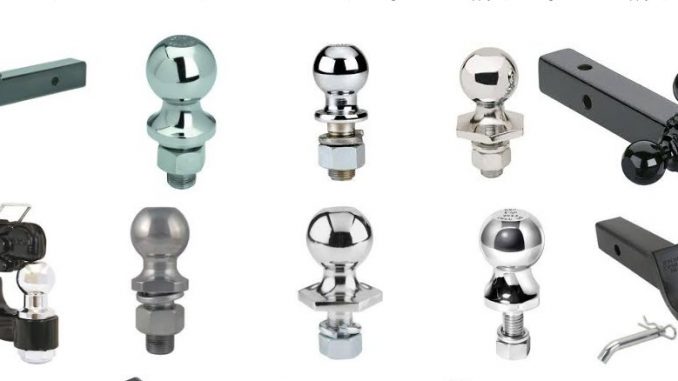
When you are pulling a trailer or load of any kind, one thing is undisputed: trailer towing is a special situation which places demands on your driving skills, and on your tow vehicle. Here are a few basic tips that you should know in order to transport your boat and trailer safely, comfortably, and without abusing the towing vehicle. Add to this the fact that all manufacturers don’t use the same formula to determine a vehicle’s towing capacity, and it becomes apparent why consumers can easily get confused.
After you have determined how much weight you will be towing and how much weight your tow vehicle can handle, the hitch will be the next tough choice. It’s often a choice that consumers unwisely spend too little time considering, however, the hitch is perhaps the most important factor in assuring that your tow vehicle and load make it to their destination safely. There are several types of hitches to choose from. In some cases, the trailer you are towing will determine the type of hitch you’ll need. Perhaps the most popular hitches today are the Hidden Hitch and Reese Hitches, but one of the more unique hitch systems is offered by Advanced Air Hitches. Their one-of-a-kind design improves handling, braking, traction and wear and tear on your equipment.
So much of utilizing your trailer hitch safely centers on the concept of weight distribution. Here are a few tips to keep in mind when dealing with standard hitches, fifth-wheel hitches, or a gooseneck hitch:
For optimum handling, the trailer (if applicable) must be properly loaded and balanced.
Keep the center of gravity (CG) low for best handling.
The towed object should also be balanced from side to side. For Example: If you are towing a boat and the vessel has side mounted fuel or water tanks in which only one side is filled, then this will lend the rig to maneuver poorly.
Before hooking up whatever you’re towing to the trailer, make sure your tow truck is full of oil and fuel. Remember, it is a lot easier to fuel your tow vehicle at a gas station without a boat and trailer attached. You should also make sure the vehicle has plenty of water in the radiator and fluid in the transmission. Towing a large load can often times heat up a motor and strain a transmission. If you haven’t already done so, look into installing a transmission cooler on your tow vehicle. Additionally, before starting out on a trip, practice turning, stopping and backing up your trailer in an area away from traffic. Make sure your mirrors give you ample vision around both sides of the boat and trailer, and if not, look into getting modified mirrors for your tow vehicle. Finally, check to make sure the trailer ball (when applicable) on your tow vehicle matches the coupler on your trailer. The three major sizes of trailer balls are: 1-7/8”, 2”, and 2-5/16”. Make sure the ball is fastened properly to the tow vehicle and that the mounting will handle the capacity equal to or greater than the weight of the trailer and load. If you have a receiver type hitch, make sure the insert (the bar the ball attaches to) is secured with a retaining pin and that it has a locking clevis pin on it.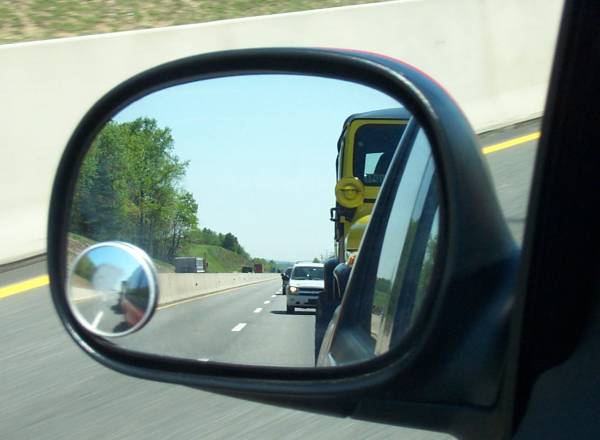
The gearing options found in 4X4 trucks help a vehicle tackle many of the unique situations encountered if you have to trailer your load in an off-road situation.
4H allows you to drive full speed, if necessary. The high range ratios in 4X4 mode are the same as the gear ratios in 2WD. 4L is for creeping along at slow speeds. It reduces the strain on your vehicle; just remember to stay below 25mph in low range. While it does not provide more traction, it does provide 2-3 times more torque at about 1/2 or 1/3 of the speeds in high range.
When to use 4H:
1) for traction when the area isn’t steep
2) when stuck in sand
3) extremely slippery conditions
4) snow
5) ice
6) rocky, gravel roads
7) gullies
8) extremely muddy areas
9) ridges
When to use 4L:
1) on wet, slippery surfaces
2) passing through sandy areas
3) on rough trails
4) through shallow water
5) rock-climbing
6) climbing steep hills
7) through mud
8) descending steep hills
You need to have a heightened sense of awareness when towing. Before each trip take a few extra minutes to check the trailer tires to make sure they’re properly inflated. Recommended pressures are indicated on the tire sidewalls. Also be sure the tow vehicles tires are properly inflated. If its a heavy trailer, try adding extra pressure to the tow vehicles rear tires. Never take trailer wheel bearings for granted, a total failure, which will cause the wheel to stop turning, can cause an accident. Check the bearings at least once a year, before you head out on your first excursion. Get one side of the trailer up on a jack, grab a wheel with both hands, and see if there’s any play in the bearing. Then turn the wheel, using ears and fingers to detect any scratchiness in the rotation.
Trailering Safety &
Trailer Hitch Information
Trailer Hitches – Ideas On
How To Choose The Right One
About the Author
Jeff Jackson is a successful free lance writer and truck enthusiast who enjoys providing valuable tips and advice for online purchasers of Truck Accessories, Trailer Hitches, and Truck Floor Mats. When he is not writing he can usually be found in his 4×4 out on the trails of his home state, Florida.

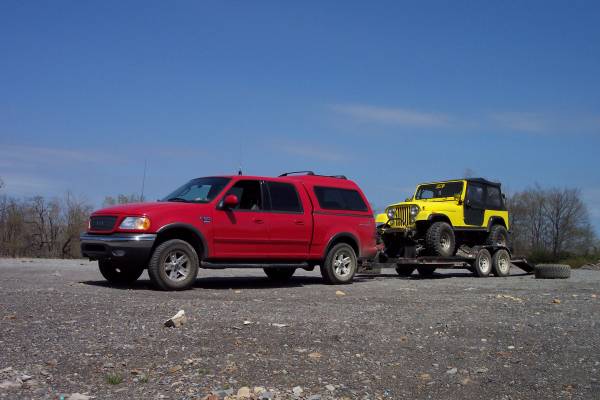
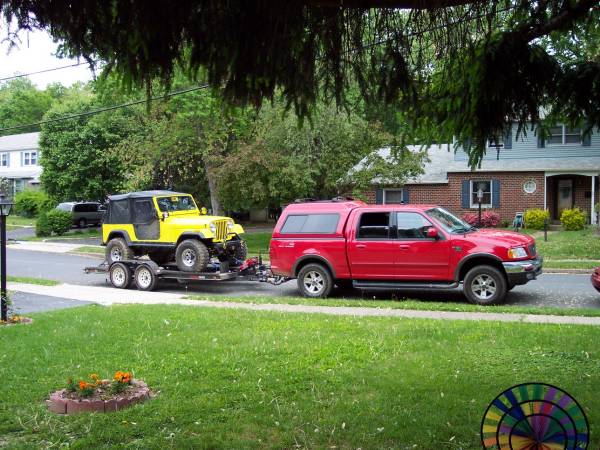
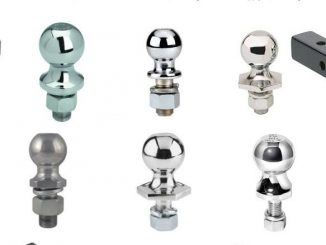
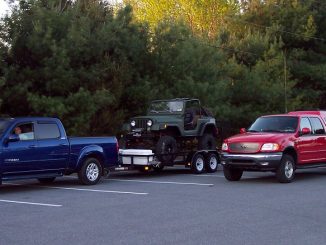
I am saving up for a nice truck and I’ve been wanting to get different hitches for my different needs. I wasn’t sure whether I would need to get a 4H or a 4L. I really like how you listed when you would need to use each of the different types of hitches and it looks like I’ll need both for all that I will use my truck for. Thanks for the help!
Good Tips